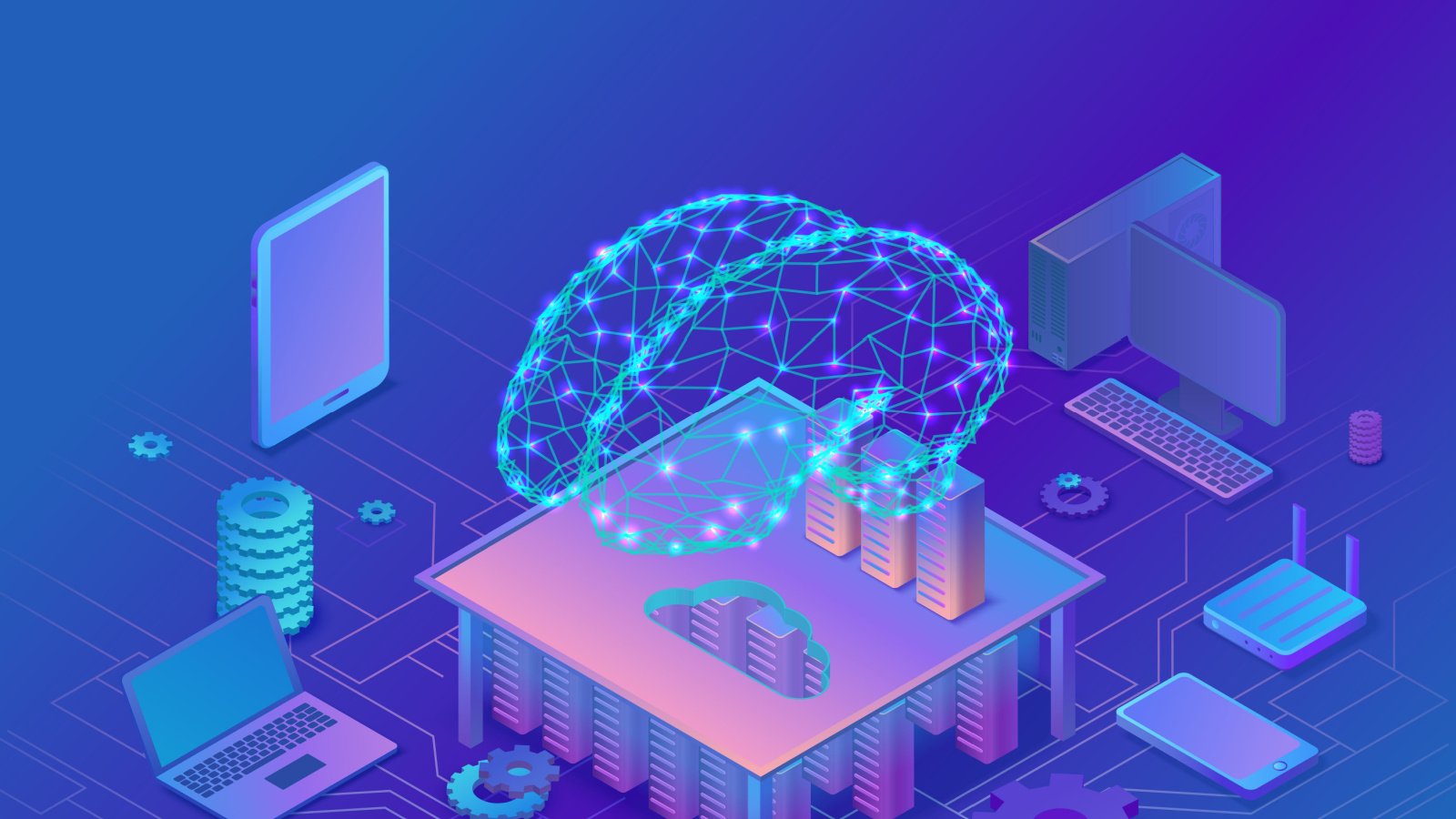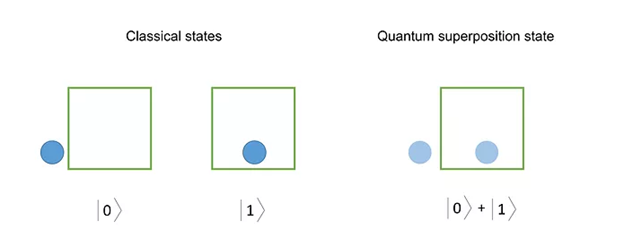Editor’s note: “Putting AI on the Fast Track to Sure-Fire Success” was previously published in August 2023. It has since been updated to include the most relevant information available.
Artificial intelligence is not just a buzzword – it is a reality that will transform every aspect of our daily lives in the coming years. It will revitalize industries from healthcare to education, from entertainment to cybersecurity, and offer new possibilities currently unheard of.
One possibility comes from an area hardly anyone is talking about right now… a top-secret technology that will fuel the “AI Stock Boom.”
Before I reveal that technology, you must first understand what makes AI models run. At their core, AI models are like cars. They have an “engine” – the computer on top of which the models are run. And they have “fuel” – the volume of data the model is trained on.
Obviously, the better the engine in a car and the more fuel it has, the better and farther that car will drive.
It’s the same with AI.
The better the “engine” of an AI model (computing power) and the more “fuel” it has (data), the better that model will perform.
The top-secret tech I’m referring to is all about radically upgrading the computing power AI models have.
And Bank of America’s head of global thematic investing – Haim Israel – has said this technology could create “a revolution for humanity bigger than fire, bigger than the wheel.”
That’s because this tech will essentially drive everything in the emerging Age of AI.
What on Earth am I talking about?
Two words: quantum computing.
What Is Quantum Computing?
I’ll start by saying that the underlying physics of this breakthrough — quantum mechanics — is highly complex. It would likely require over 500 pages to fully understand.
But, alas, here’s my best job at making a Cliff’s Notes version in 500 words instead.
For centuries, scientists have developed, tested, and validated the laws of the physical world, known as classical mechanics. These scientifically explain how and why things work, where they come from, so on and so forth.
But in 1897, J.J. Thomson discovered the electron. And he unveiled a new, subatomic world of super-small things that didn’t obey the laws of classical mechanics… at all. Instead, they obeyed their own set of rules, which have since become known as quantum mechanics.
The rules of quantum mechanics differ from that of classical mechanics in two very weird, almost-magical ways.
First, in classical mechanics, objects are in one place at one time. You are either at the store or at home, not both.
But in quantum mechanics, subatomic particles can theoretically exist in multiple places at once before they’re observed. A single subatomic particle can exist in point A and point B at the same time until we observe it. And at that point, it only exists at either point A or point B.
So, the true “location” of a subatomic particle is some combination of all its possible positions.
This is called quantum superposition.
Second, in classical mechanics, objects can only “work” with things that are also “real.” You can’t use an imaginary friend to help move the couch. You need a real friend instead.
Quantum Entanglement
But in quantum mechanics, all of those probabilistic states of subatomic particles are not independent. They’re entangled. That is, if we know something about the probabilistic positioning of one subatomic particle, then we know something about the probabilistic positioning of another subatomic particle – meaning that these already super-complex particles can actually work together to create a super-complex ecosystem.
This is called quantum entanglement.
So in short, subatomic particles can theoretically have multiple probabilistic states at once, and all those probabilistic states can work together – again, all at once – to accomplish their task.
And that, in a nutshell, is the scientific breakthrough that stumped Einstein back in the early 1900s.
It goes against everything classical mechanics had taught us about the world. It goes against common sense. But it’s true. It’s real. And now, for the first time ever, we are learning how to harness this unique phenomenon to change everything about everything…
This is why the U.S. government is pushing forward on developing a National Quantum Internet in southwest Chicago. It understands that this tech could be more revolutionary than the discovery of fire or the invention of the wheel.
I couldn’t agree more.
Mark my words. Everything will change over the next few years because of quantum mechanics – and some investors will make a lot of money.
Quantum Computing Will Change the World
The study of quantum theory has led to huge advancements over the past century. That’s especially true over the past decade. Scientists at leading tech companies have started to figure out how to harness the power of quantum mechanics to make a new generation of super quantum computers. And they’re infinitely faster and more powerful than even today’s fastest supercomputers.
And in fact, Haim Israel, managing director of research at Bank of America, believes that: “By the end of this decade, the amount of calculations that we can make [on a quantum computer] will be more than the atoms in the visible universe.”
Again, the physics behind quantum computers is highly complex, but here’s my shortened version…
Today’s computers are built on top of the laws of classical mechanics. That is, they store information on what are called bits, which can store data binarily as either “1” or “0.”
But what if you could turn those classical bits into quantum bits – qubits – to leverage superposition to be both “1” and “0” stores at once?
Further, what if you could leverage entanglement and have all multi-state qubits work together to solve computationally taxing problems?
Theoretically, you’d create a machine with so much computational power that it would make today’s most advanced supercomputers seem ancient.
That’s exactly what’s happening today.
The Possibilities Behind Quantum Computing
Google has built a quantum computer that is about 158 million times faster than the world’s fastest supercomputer.
That’s not hyperbole. That’s a real number.
Imagine the possibilities if we could broadly create a new set of quantum computers that are 158 million times faster than even today’s fastest computers…
Imagine what AI could do.
Today, AI is already being used to discover and develop new drugs and automate manual labor tasks like cooking, cleaning, and packaging products. It is already being used to write legal briefs, craft ads, create movie scripts, and more.
And that’s with AI built on top of classical computers.
But built upon quantum computers – computer that are a 158 million times faster than classical computers – AI will be able to do nearly everything.
The Final Word
Quantum computing is a game-changer that’s flying under the radar.
It’s not just another breakthrough – it’s the seismic shift we’ve been waiting for, rivaling the impact of the internet and the discovery of fire itself.
We think the top stocks at the convergence of AI and QC have a realistic opportunity to soar 1,000% over the next few years alone.
One of top picks in the space? OpenAI – the startup that kickstarted this whole “AI Boom” with its launch of ChatGPT in November 2022.
OpenAI has built industry-leading AI technology on top of classical computers. Within a few years, we think that tech will transfer to quantum computers. When it does, OpenAI’s AI models – which can already answer just about any general question in the universe – will be able to transform the world in ways we can’t even comprehend yet.
But OpenAI is a private company, and only venture capitalists are able to invest in this top AI startup.
There is one way around that, though… a “loophole,” if you will, which affords investors like you a stake in OpenAI today.
Best of all, this loophole is as safe as buying AI stocks on a public stock exchange.
Take advantage of this loophole today.
On the date of publication, Luke Lango did not have (either directly or indirectly) any positions in the securities mentioned in this article.

